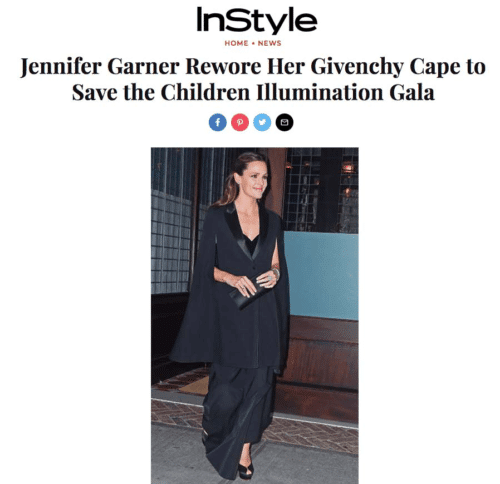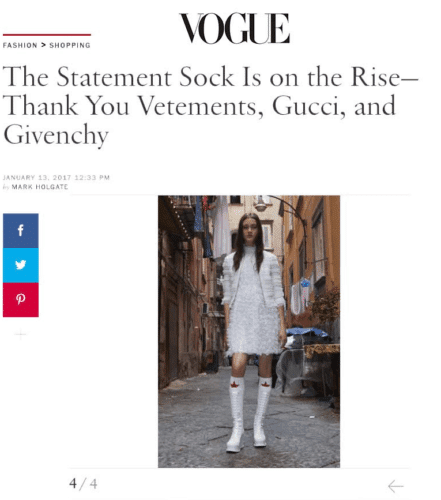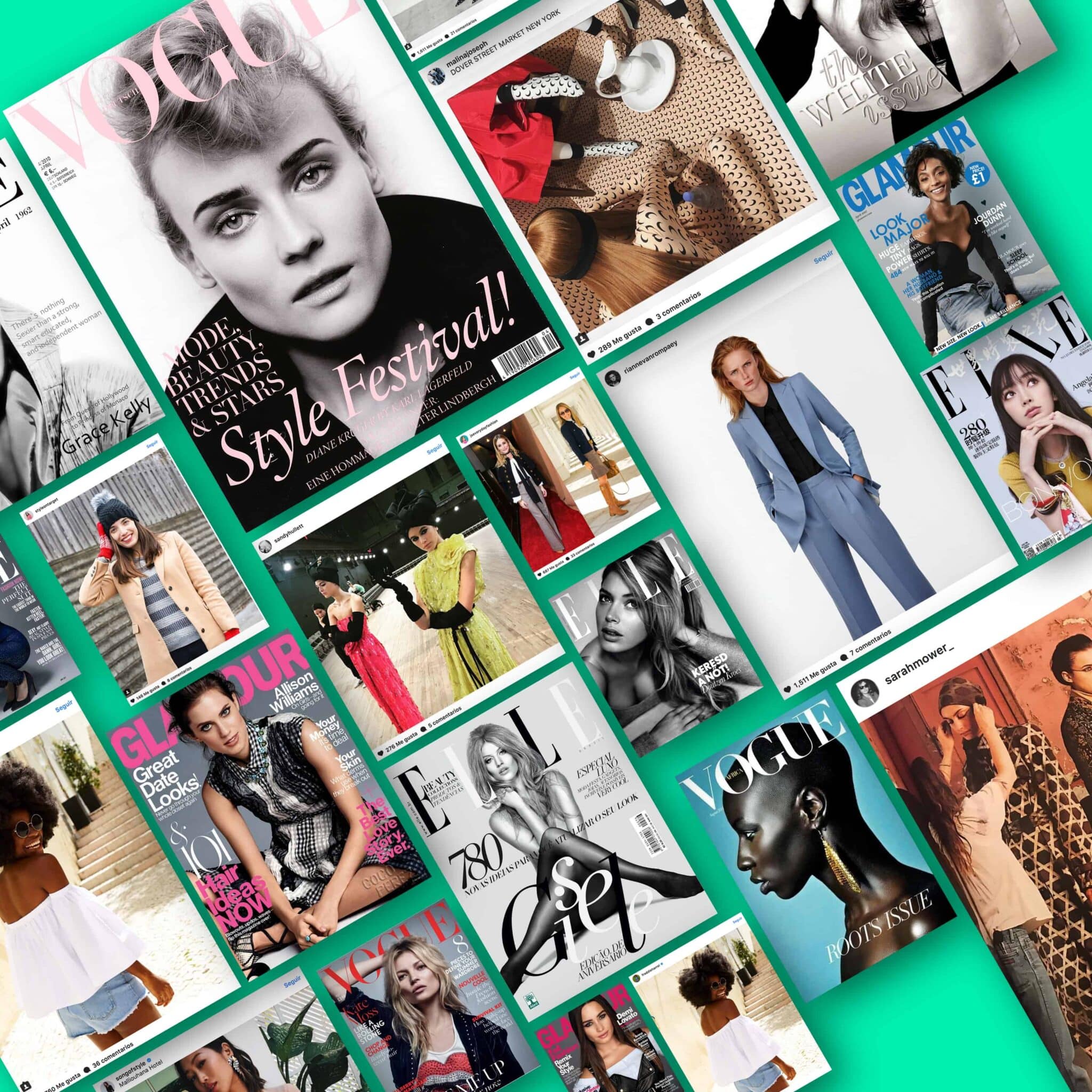How do you know if your brand’s PR budget is being spent on the right things? How can you effectively calculate the ROI of your PR outreach? How are you stacking up against your competitors? In today’s complex media landscape – where consumers are content creators, brands need to exist across a multitude of channels, and working with the right influencers and media outlets is key.
However, with increasing pressure put on marketing budgets, typically intangible actions such as PR outreach can be harder and harder to secure.
This is where media monitoring comes in.
Do it right, and media monitoring has the power to drive your PR and marketing efforts in the right direction.
If you’re new to the term, unsure about what it is, and where to start, keep reading. That’s what we’ll uncover in this post. We’ll also look at why media monitoring tools are important and how to choose the right ones for your brand.
In this article you’ll learn…
What is media monitoring?
Essentially, media monitoring is the process of tracking what is being said about your brand in the media. Sounds simple enough, right? For example, let’s say you’re a clothing brand. You might keep track of what fashion magazines are saying about your latest collection, or what the general sentiment is toward your brand on social media.
But dig a little deeper, and there’s much more to media monitoring than that. At a micro level, media monitoring can be used to evaluate the performance of campaigns and drive your marketing decision-making. (We’ll go into this more below.)
When we talk about media monitoring, we’re referring to a variety of media formats. Media monitoring started out in the days of print and broadcast media, where people would literally cut out newspaper clippings by hand to collect data about how a particular topic was being reported on. Nowadays, the term media monitoring encompasses traditional print media, online publications, and social media.
A related term is social media monitoring which relates specifically to tracking brand mentions or particular hashtags on social media platforms.
Another term you might come across is social listening – monitoring online conversations and reacting to the insights you obtain from the data you’ve collected.
In our definition of media monitoring, this tracking of social mentions forms just one part of the wider process. A holistic approach to media monitoring includes both online and offline media formats and is a three-step process:
- Collect data about brand mentions.
- Analyze that data.
- Make data-backed decisions.
Why is media monitoring important?
Media monitoring is essential to the process of controlling brand awareness and reputation. By tracking what’s being said about your brand, you can reinforce successful messaging and amend any messaging that’s not hitting the mark.
It can also allow you to discover opportunities you would otherwise be unaware of (think potential brand collaborations, campaign expansions, new geographic targets, etc.).
The longer you engage in this process, the more data you’ll have to inform your decision-making. With time, media monitoring allows you to build a clearer picture of where your target audience is, what they’re interested in, and how they’re engaging with your brand. This data is extremely valuable in your quest to stay relevant to that audience.
Let’s take an example. Imagine you’re running a new marketing campaign across several social platforms. Media monitoring gives you real-time data you can use to optimize your campaign as it runs – for example, you can find out which channels or post formats are gaining the most traction and adjust your campaign outputs accordingly.
Your media monitoring data can even give you a real sense of the monetary value of the coverage you received during that campaign:
- Which platforms, media types, and influencers were worth the spend?
- Where should you allocate your budget in the future for maximum ROI?
- How are you performing relative to competitors in terms of media impact?
Raw data alone won’t tell you this, but if you tap into a standardized measurement system such as Launchmetrics’ MIV® (Media Impact Value), you’ll have an actual dollar value tied to each Voice in your campaign. This allows you to truly measure the impact of your PR and marketing activities and create benchmarks to track future campaigns against.
Regardless of whether you use a standardized metric like MIV®, the bottom line is that media monitoring is absolutely essential for any brand that wants to stay competitive, stay relevant, and make the best possible PR and marketing decisions.
What media should be tracked?
For the Fashion, Luxury, and Beauty (FLB) industries, you should be tracking print media and online/social media.
While the latter directly drives e-commerce purchases, print is still important in the FLB industries for brand reputation and awareness, with print magazines generally perceived as being higher in quality and authority compared to digital. Print also sticks in mind: 77% of consumers say print ads result in higher levels of recall.
These days, FLB brands tend to have the most success when they engage in a truly multichannel marketing approach, which means that monitoring success across both online and offline media formats is key.
Creating your media monitoring strategy
Media performance is one of the strongest indicators of brand equity but formulating the right media strategy can be tough, especially considering how strategies and media Voices have changed over the years. Consumers are turning to peers, influencers, and celebrities for advice and entertainment leaving brands faced with navigating omnichannel media strategies. In fact, thanks to social media, consumers themselves have become increasingly important voices that can drive media impact for brands.
When it comes to creating your media monitoring strategy, here are a few things to keep in mind:
Know your goals
Media monitoring gives you a (potentially overwhelming) wealth of options on what to track and measure. Before you dive into a pool of data, define what your goals are. Increasing brand awareness? Understanding your brand positioning in the market? Driving e-commerce sales? While it’s completely likely you’ll have various goals, defining them from the outset helps to shape your media monitoring strategy, including which metrics to use.
Leverage technology
You could manually track brand mentions across different types of media, but let’s be real here: that’s neither efficient nor effective. Instead, you can leverage technology to get the best results. Especially designed media monitoring software can save you a huge amount of time and effort, allowing you to focus your attention where it most counts. Yes, the best media monitoring tools come at a cost. However, they quickly pay for themselves in time saved and insights gained.
Zoom in and out
Media monitoring is often thought of as a macro-level activity, but using it to look at the big picture only is a missed opportunity. Your media monitoring strategy should also be applied at the campaign level, as this allows data to be linked to specific marketing activities, events, and voices.
Focus on quality, not quantity
It’s more than just how many followers someone has. The overall quality of publications or influencers plays an important role – especially their relevance to Fashion, Luxury, and Beauty. For example, a placement in Harper’s Bazaar is much more powerful than a placement in a travel magazine; and therefore it has a larger impact on brand equity. Same with influencers. Coach has seen a significant rise in brand equity from its partnership with Selena Gomez. Her voice strongly resonates with Coach’s target audience as her posts were responsible for a 50% increase in account followers compared to the previous year.
Content quality plays an important role as well. Articles or posts that focus solely on the brand or contain images and video also have a greater impact on brand equity than posts that simply have high engagement metrics. Wouldn’t you rather have a blog post dedicated solely to your company…

…rather than share the space with other brands?

Use the right metrics. The standard metrics of reach and engagement have their place, but to maximize your media monitoring activities, think about extending beyond these. We’ll talk more about this in the following section.
Which metrics should you use?
Reach and engagement rates are valuable measurements of how well a piece of content or campaign has performed. But, depending on your goals, these may not be enough. For example, if your goal is to generate brand awareness, reach is your go-to metric.
But what if you want to know exactly how a sponsored influencer post on TikTok impacts your brand equity in comparison to, say, a feature in Vogue magazine?
Moncler’s #monclerbubbleup TikTok campaign generated 7.4 billion video views. Impressive as it is, the reach metric alone doesn’t tell us the ultimate ROI for the brand. Extending the metrics to include audience growth gives us a more detailed picture: by the end of the campaign, Moncler had added 170,000 new followers to their account.
Now, what if we knew the Media Impact Value (MIV®) of that campaign? As mentioned above, MIV® is a standardized metric that allows you to make direct comparisons between different types of media. We know from our Luxury Fashion Ranking report that a single Instagram post by Millie Bobby Brown generated $1.4M in MIV® for Moncler during the same time period. If we were to find out the MIV® of the #monclerbubbleup campaign, we would have a directly comparable dollar value that would allow us to calculate and compare the ROI of both.
MIV® is calculated using complex formulas specific to print, online, and social media formats. If you want to learn more about how MIV® is calculated, you can download this free guide.
Another valuable metric you can track is Share of Value. This is a percentage view of the value – based on the MIV® – generated by a brand, a segment of brands, or an influencer, over a certain period of time. Share of Voice on the other hand represents the percentage of mentions generated.
The advantage Share of Value has over Share of Voice is that it’s a metric based on value, not on quantity. It attaches a concrete ROI dollar value to your PR efforts but more importantly, shows how you are fairing against competitors.
Calculating Share of Value requires complex algorithmic work, which is why most FLB brands turn to PR benchmarking software such as Launchmetrics Insights, which shows you exactly where you’re ranked within your industry at any given point in time. Insights constantly monitor print, online and social media, allowing you to benchmark and track your progress against competing brands as you work to increase your Share of Value.
These are just a few examples of how different metrics can be used to get a deeper sense of performance and help you reach your marketing goals.
How to choose the right media monitoring tools
In light of all the above, it’s clear that your media monitoring strategy has to be based upon and supported by the right tools. Such tools not only save you time but also provide you with KPIs and metrics that align with your goals and help you make better decisions.
One thing to consider is whether the software tools you’re investing in are geared toward your industry. Industry-specific tools have several advantages. Looking at Launchmetrics’ Discover tool, it’s built upon an in-depth knowledge of the FLB sector, meaning it not only tracks the most relevant publications but weights them according to their influence.
When relevance and quality of coverage are taken into account, you can answer questions such as:
- Which channels really give you the biggest return on investment?
- In which regions are you performing the best?
- And who are your most valuable brand advocates?
The best tools will also provide you with comprehensive reports that allow you to evaluate the success of specific campaigns and events and benchmark your progress over time. With easy-to-edit and export charts and reports, your media monitoring activities can become a simple and streamlined process that informs your decision-making – without taking big bites out of your valuable time.
Conclusion
In the simplest definition, media monitoring is an activity that determines who is talking about your brand, what they are saying, and where they are saying it. But media monitoring isn’t really about collecting brand mentions: it’s about insights. It’s about getting the best and most complete picture of how well your marketing efforts are working so you can continually optimize your campaigns and spend your budget where it will impact the most.



